From Queen’s Park to the core of Ontario mining: An interview with Chris Hodgson
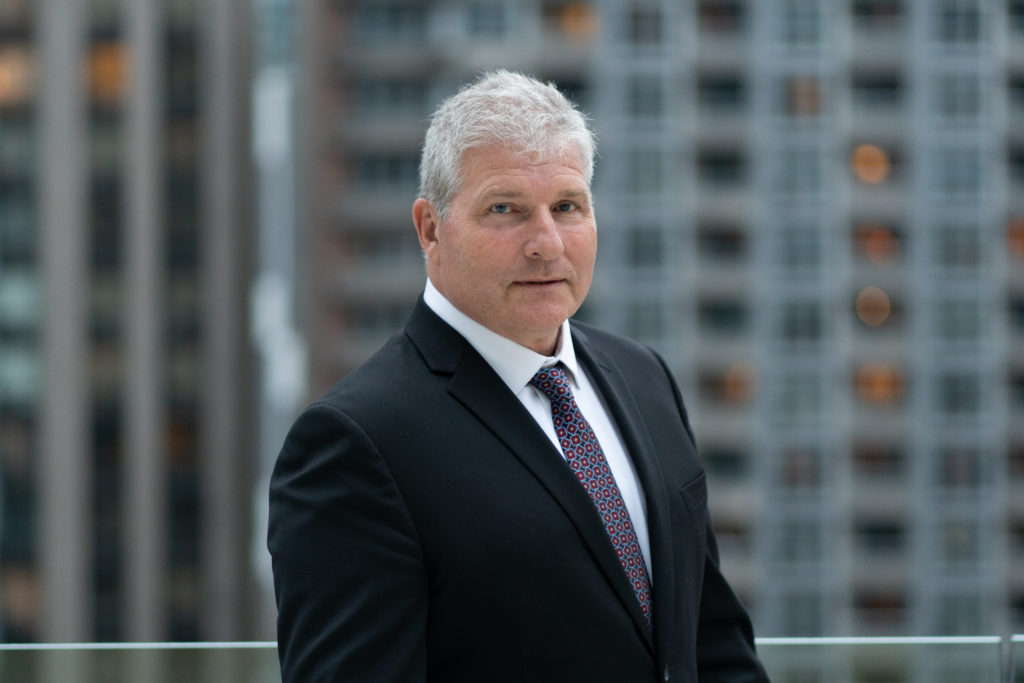
A tremendous career advocating for mining
Few figures have shaped Ontario’s mining landscape as profoundly as Chris Hodgson (CH). He has left an indelible mark on Ontario’s mining industry. His career, which spanned both politics and industry leadership, showcases his unwavering dedication to the sector. Hodgson’s journey from natural resources critic to mining minister, and ultimately to a 20-year tenure as president of the Ontario Mining Association (OMA), reflects a deep commitment to advancing the sector. In this wide-ranging interview, Hodgson speaks with the Canadian Mining Journal about his unexpected entry into mining, the tough decisions that defined his time in office, and the major strides made under his leadership — from groundbreaking safety reforms to reshaping public perceptions of the industry. With decades of experience bridging government, industry, and communities, he offers insights into the evolution of mining in Ontario and what lies ahead for the province’s critical minerals future.
CMJ: To start our conversation, can you tell us about your journey serving both as a mining minister and as the president of the OMA?
CH: I was elected to the Ontario legislature in a 1994 by-election, and I was appointed as critic of natural resources. I spent a bit of time with Mike Harris in Northern Ontario in the lead-up to the 1995 provincial election, and after the election, Premier Harris asked me to join his cabinet. It was a small cabinet with only 18 members. I was given what had been three ministries in the previous government: Northern Development, Mines, and Natural Resources, which included parks at that time. My assistant deputy minister in Mines, John Gammon, was very knowledgeable and basically educated me on mining. Through his teachings, meeting miners, and forming working groups that included people from exploration through to operations, I got a good understanding of mining. I retained Northern Development and Mines until 1999 and retired from politics four years later.
My predecessor at the OMA was Patrick Reid, who had the job for 20 years and is also a former member of the legislature. The OMA approached me in 2004 and asked if I would consider replacing him. I initially wanted to be there for only two years, but it turned out to be 20 years. The OMA is a great group of people to work with. The whole experience was 30 years from my first exposure to mining.
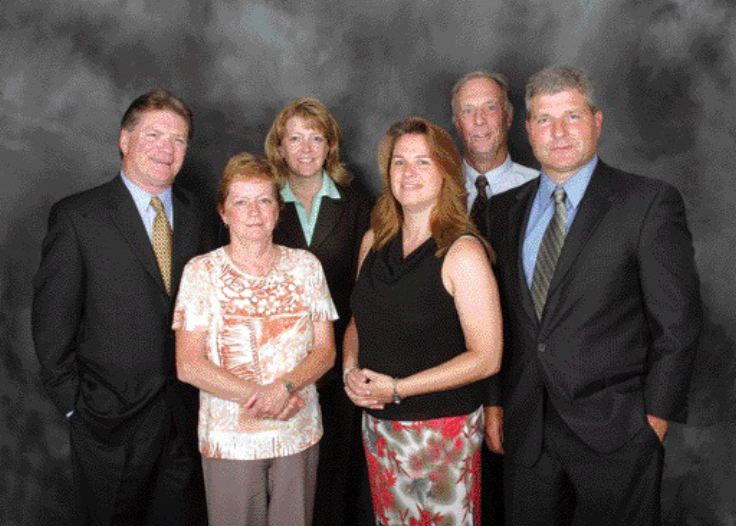
CMJ: What were some of the most challenging decisions that you had to make as minister?
CH: One of the most challenging decisions was lifting the Land Caution on the Temagami area and initiating the mineral exploration survey called Operation Treasure Hunt. There was an issue in the 1980s and 1990s that paralyzed the interior government with different factions, and we were able to pull them together. I got along well with the First Nations and the environmentalists in that area. They could see the benefit of mining there and were interested in seeing the potential. It was a great success story.
CMJ: Looking back, what are you most proud of during your tenure as president of the OMA?
CH: I am proud of our work with Ontario’s chief prevention officer. Through the 1970s and up to 2014, safety incidents resulted in management and labour hiring lawyers spending weeks in judicial inquiries at huge expense. Big reports were issued, but they would just sit on the shelf — they did not improve the numbers in terms of safety. When Ontario created the Mining Tripartite Committee, the government, management, and labour were able to work on issues to improve mine safety. That resulted in a continual improvement in lost time injuries. In the 35 years from 1975 to 2010, the Ontario mining industry achieved a 96% improvement in lost time injury frequency and, today, performs better than the Workplace Safety and Insurance Board (WSIB) industry average (public and private sector).
We worked with George Gritziotis, the chief prevention officer, to set up the Mining Health, Safety, and Prevention Review. That was a very successful collaborative approach that brought all stakeholders closer together instead of it being a confrontational process. All sides learned a lot and brought in some new ways to improve safety.
We also overhauled the “Mining Act” twice and introduced the “Building More Mines Act.” We helped shape Ontario’s first ever critical mineral strategy. We published economic labour research reports that help the public get a clear snapshot of the economic and social benefits of mining for Ontario.
Some of the accomplishments I am most proud of are our public outreach programs. With “Mining Matters” and the “Canadian Ecology Centre,” we implemented a teachers’ tour, where teachers are exposed to modern mining, learn the benefits and how it works, and then pass that knowledge on to their students. We launched the “This Is Mining” campaign to celebrate the centennial of the OMA, which included an award-winning podcast, and this later evolved into “This Is Mine Life” — an initiative that aims to encourage more young people to consider careers in mining. We ran the “MINED Open Innovation Challenge” in 2017 and 2018 (where university students solved a real-life mining challenge). We worked with Moses Znaimer at the “ideacity conference” to expose a new audience to modern mining. We also hosted the “So You Think You Know Mining” contest from 2009 to 2016, where students put together short videos on mining. For that contest, we gave away thousands of dollars in prizes, we had judges from the Toronto International Film Festival (TIFF), and the premiers and cabinet ministers attended the awards ceremonies. The winners were mostly young people in the arts community who would have never been exposed to mining. It was a lot of fun and a great opportunity to see young people interacting with the mining community.
We recognized the need to redefine mining’s reputation (rebrand mining), reach young people, and make sure that the public understood how essential mining is to our modern society. So, we polled the public every year to make sure our message was getting through. At first, there was a lack of understanding: people thought we were running 19th-century coal mines in Charles Dickens’ world. Now, the polling shows unbelievable support on the environmental side of mining. People realize that if you are going to achieve a carbon-neutral state by 2050, you need mining to be the backbone for those improvements in technology. It all comes from minerals. People also see the need for local supply chains and manufacturing — the public was ahead of the politicians on this one. Given the current trade situation, everyone is realizing the critical role mining playing in supply chains needed for advanced technologies that play an important role in our geopolitical and economic security.
CMJ: How has Ontario’s mining sector evolved over the years? What do you see as its biggest achievements?
CH: I think safety has always been the top defining aspect in the culture of mining, and in Ontario, we have really improved lost time injuries. We use better technology, like sensors and remote drilling to mitigate the risk of injury. Injuries do still happen, and they are so heartbreaking for families and communities, so safety has always been the focus.
Our industry has been at the forefront of adapting to make sure that mining is done in a more sustainable, environmentally friendly manner. Not only do our products reduce carbon in the world, but we also walk the walk in our operations. Carbon footprints have dramatically decreased, electricity has replaced diesel, and technology is allowing us to reduce pollution and greenhouse gas (GHG) emissions at a faster rate than we used to. For example, real-time monitoring of the airshed around Sudbury was not possible 40 years ago. In the old days, everybody wanted things modelled, but we have shown that modelling can be inexact and twisted to fit someone else’s agenda. Real-time testing avoids those issues. We have not always been early adopters of new technology because it is so expensive, and mistakes are costly, but when a technology is proven to improve safety and environmental protection, our industry has really invested in it. It has been a pleasure to work with miners and see these achievements over the last 30 years.
CMJ: Thinking about the permitting process for mining in Ontario, and Canada in general, what kind of advice would you give to the policymakers today regarding mining regulations and permitting?
CH: The OMA has a strong culture of bringing people together, and I think they should continue that type of forum, whether it is a minister-led advisory that we are part of or we are working with labour and management on a new type of forum. The bottom line is that the world has changed. Mining is more important now than it has been in the last five or six generations. We need more mines, shorter permitting time, and robust environmental protection, but the processes must be way more efficient. I think governments are reacting to that at every level in all parties. You must gather the right people and understand the details to sit down and say, “Our goal is to shrink the permitting process from 15 years down to five, or even shorter. What are the key things that we need to do, and how can we then reverse engineer it?” I think the best forum to do that is with the OMA, government, labour, and some environmental groups. Indigenous communities and First Nations must be involved in that reverse engineering to come up with what they need.
CMJ: In your opinion, what are the biggest risks or challenges for the future of mining in Ontario?
CH: We will want to make sure that Ontario is part of the new manufacturing, processing, and supply chains that are being developed, and that they will last for 40 years. Ontario should be the global minerals supplier of choice, and Ontarians and the local population should benefit from this realignment of the supply chains.
CMJ: What is the OMA’s role in that process?
CH: I think the OMA should stick to their values in terms of making sure that Ontario mining is competitive and can grow. Patrick Reid and Priya Tandon (my predecessor and my successor at the OMA, respectively) share the same philosophy of collaboration and making sure that our voice is not only heard but also brings people together to promote more mining. There is no other group that has the breadth of knowledge that the OMA has.
Thirty years ago, we were at the mercy of a global market where commodities were declining in real value for the previous 100 years. Buyers had the advantage, and we had to think on behalf of the customer. Now, suppliers have the advantage; customers need our product. As they say in real estate, “It is a seller’s market.” That should change the way we regulate and manage and how we look to the future of mining. These changes could last for the next 40 years, so public policy should adapt to that or at least be cognizant of it. The OMA can play a role in promoting that and increasing public knowledge as well.
CMJ: If you had the chance to implement one major change in Ontario’s mining sector today, what would it be?
CH: I think we must keep getting younger people involved in understanding the importance of mining. We are making some good progress on that, but I would put it into the curriculum around economics. Canada is well-positioned for this new world — our natural resources are really in demand now, especially when the global supply chains are realigning — but we must get more people involved in navigating it. It cannot just be a reaction to some other country’s agenda. We need to be more proactive and more strategic.
CMJ: Finally, how are you enjoying your retirement?
CH: I still sit on several boards, so I am keeping active. Marie and I went to Florida for a month and had our family come down to visit. We have four kids and two grandkids. Our youngest daughter just got engaged. So, things are busy, but I am really enjoying it.
Kesiah Stoker is a multi-skilled freelance writer.
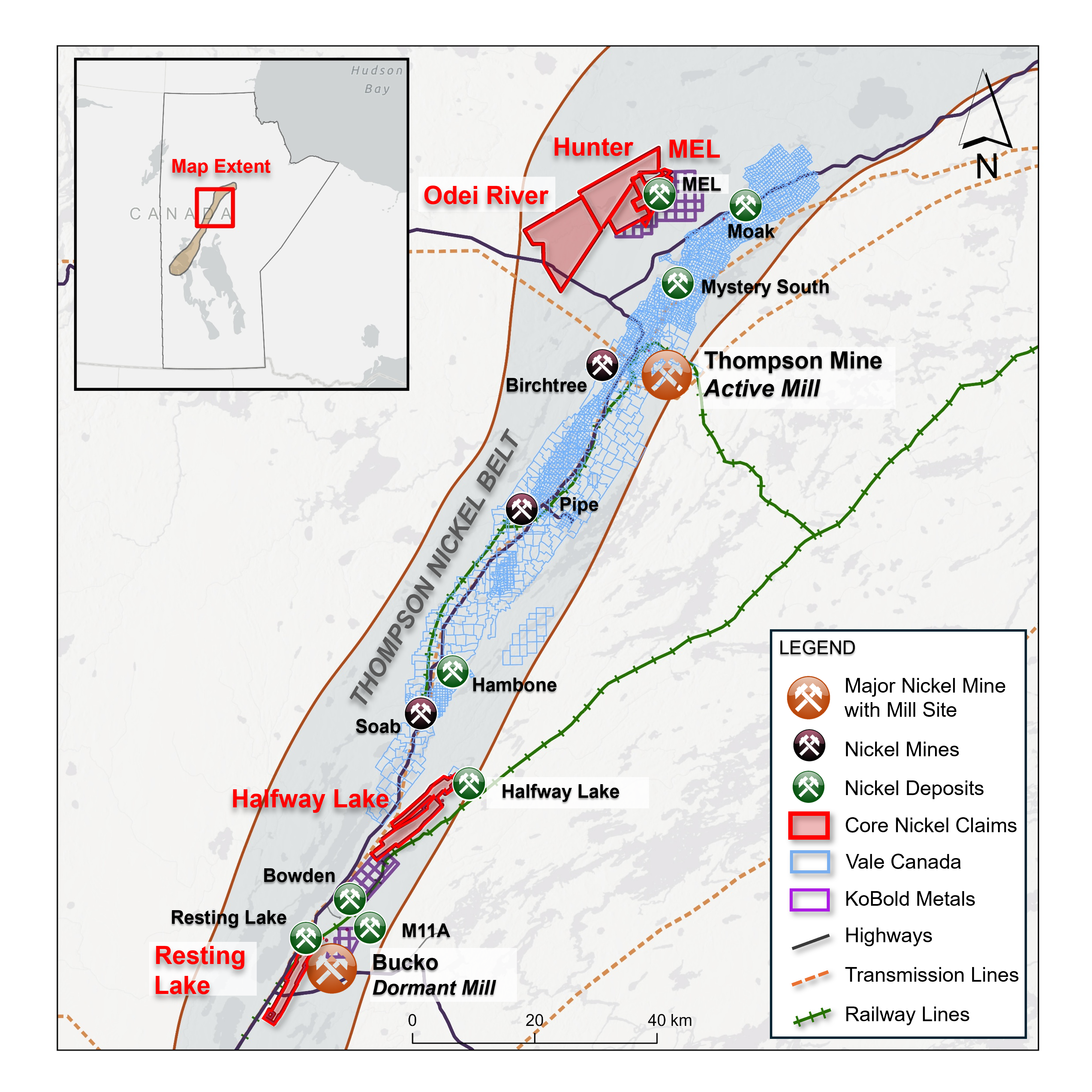
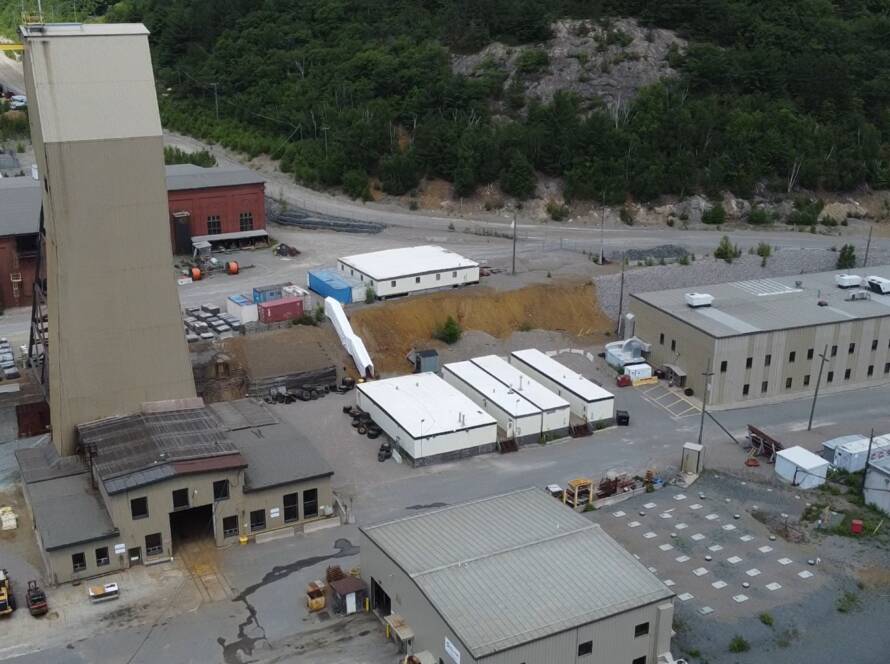
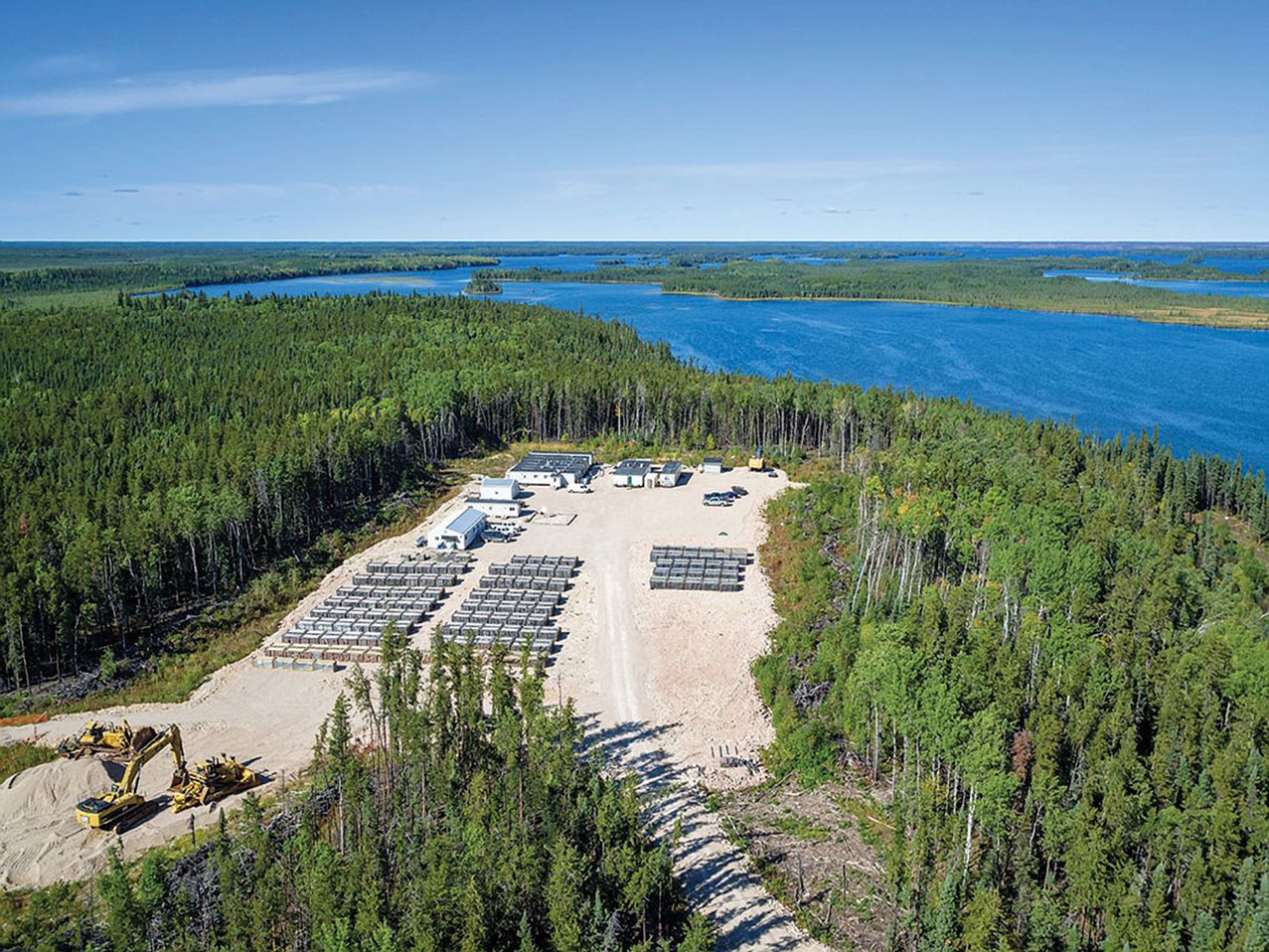


Comments